The University of Oklahoma (OU) Medical Center New Bed Tower
Oklahoma City
BEST PROJECT
OWNER: OU Medicine Inc.
LEAD DESIGN FIRM: Perkins + Will
GENERAL CONTRACTOR: Turner Construction Co.
CIVIL ENGINEER: Kimley-Horn and Associates Inc.
STRUCTURAL ENGINEER: ZFI Engineering
MEP ENGINEER: WSP+CCRD Partners
LANDSCAPE ARCHITECT: Kimley-Horn and Associates Inc.
COMMISSIONING AGENT: ES2
SUBCONTRACTORS: American Glass; Complete Landsculpture; EGR Construction Inc.; Lasco Acoustics & Drywall Inc.; Lithko Contracting Inc.; MMC Contractors; OESCO (Oklahoma Electrical Supply Co.); Spectra Contract Flooring
Agility was essential to constructing the University of Oklahoma Medical Center’s new $280.8-million, 144-bed patient tower.
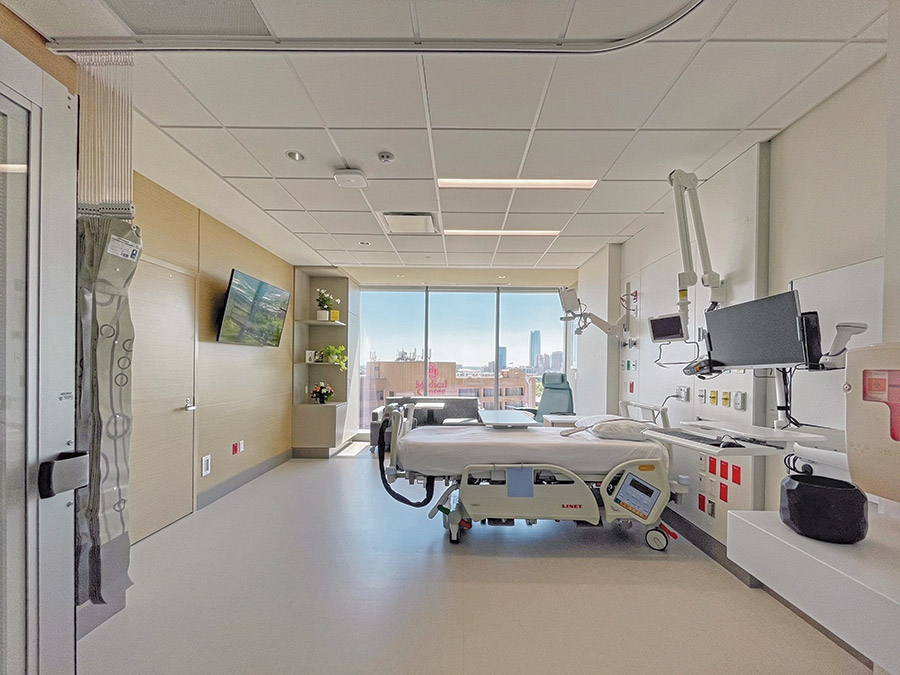
Photo courtesy of Turner Construction
OU Medical Center is the area’s only Level 1 trauma center, and the project team worked quickly to convert sections of the jobsite into mobile emergency rooms within 72 hours. To assist the medical center’s rapid response to the COVID-19 pandemic, the team expedited construction of the fifth and sixth patient floors of the eight-story tower to deliver them 90 days ahead of schedule.
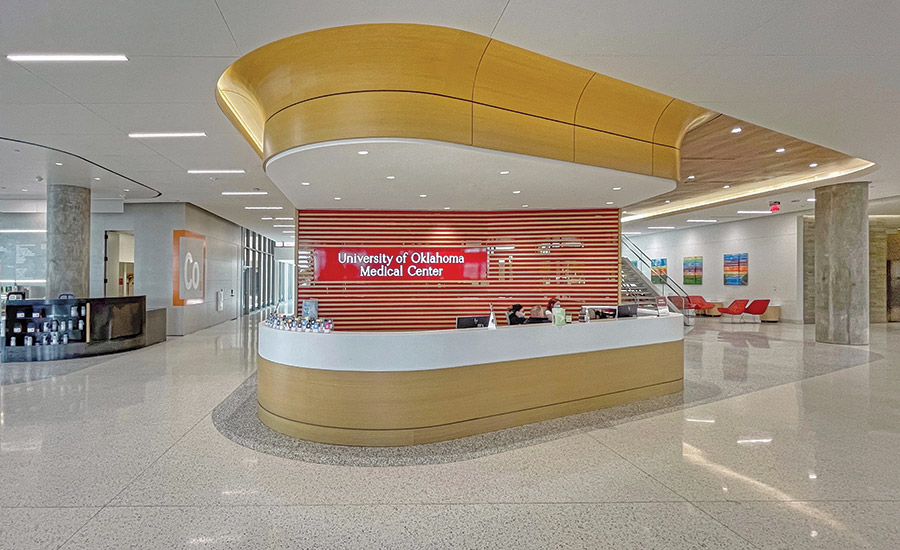
Photo courtesy of Turner Construction
With the project a pilot for the Resilience Action List (RELi) standard, the tower’s resiliency elements include floor-to-ceiling impact-resistant window glazing to allow ICU patients to safely stay in place during tornadoes and other extreme weather events.

Photo courtesy of Turner Construction
Inspired by the Gloss Mountains northwest of Oklahoma City, the tower’s design incorporates natural light from floor-to-ceiling windows in all patient rooms, a healing garden and a courtyard.
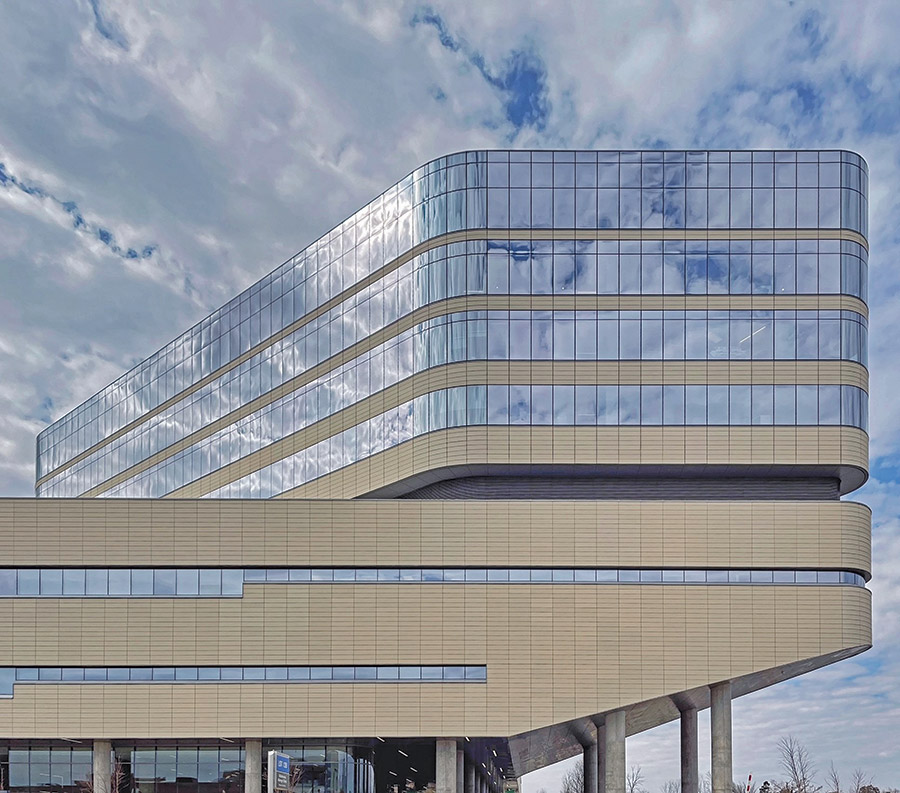
Photo courtesy of Turner Construction
Because of the scale and complexity of the project, the team had to be nimble and rely on teamwork for a multifaceted approach. One example was the design and engineering of the compound curved ceiling to wall element of the free-floating, oval shaped admitting department in the public lobby space. The original architectural design required using glass fiber reinforced gypsum molds for the complex ceiling elements. After multiple collaborations, the strategy evolved to lightweight plywood “ribbed” forms, which allowed for a lighter overhead structure and fine-tuning adjustments in the field.


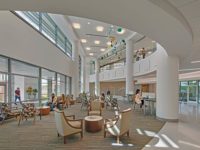
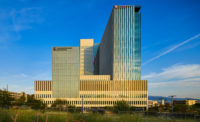
Post a comment to this article
Report Abusive Comment